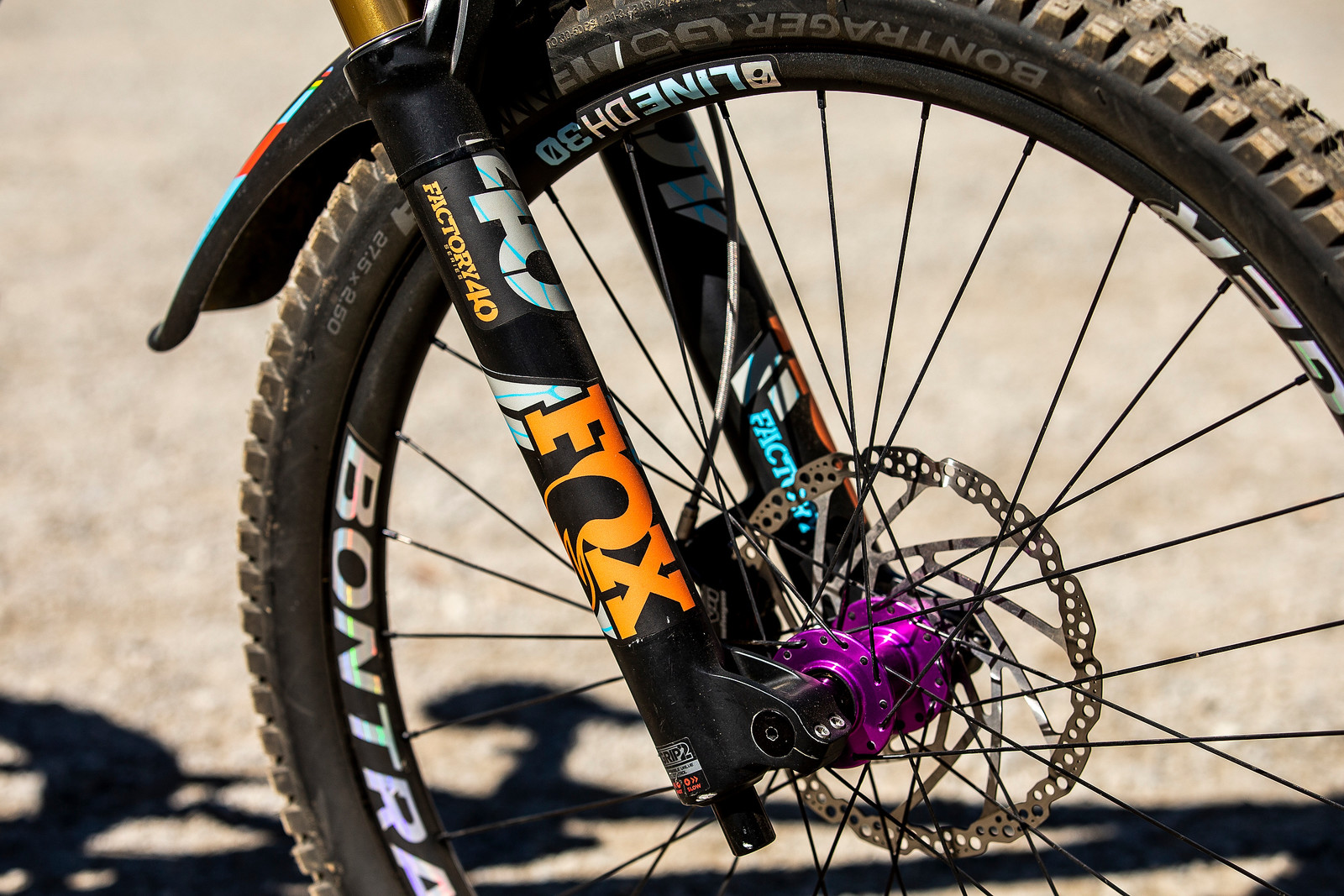

A heavily used helmet is going to be exposed to ultraviolet light from the sun, and it might be repeatedly tossed into a locker or a car, where summer temperatures can top 120 degrees Fahrenheit.Ī beat-up, worn-out helmet will protect you better than not wearing one, according to Handel, but eventually, you’ll want to replace it.ĭepending on where and how it is used, a helmet will be exposed to different levels of wear and tear, plus different environments, including varying degrees of heat and humidity, says Barry Miller, PhD, director of outreach at the Helmet Lab at Virginia Tech, which tests helmets for a variety of sports and conducts research into how helmets can reduce risks for brain injury. Here’s why CR recommends generally replacing your bike helmet every five years, and what to know if you hold on to one for longer than that.ĬR recommends following manufacturer recommendations or getting a new helmet every five years or so because of the ways a helmet can get beat up over time, according to Handel.

“My own personal helmet is much older than that,” Swart says, though he adds that there may be other good reasons to get a new helmet, such as more protective technology included in some newer models. CR experts recommend replacing your well-used bike helmet after five years, “out of an abundance of caution,” Handel says.īut if you really like your old helmet and it’s in good condition, holding on to it for longer isn’t necessarily going to put you at significant risk, according to Randy Swart, director of the nonprofit Bicycle Helmet Safety Institute, and former vice chairman of the helmet and headgear subcommittee for ASTM-International, a nonprofit, voluntary standard setting organization. The Snell Foundation, a standard-setting body that’s known to be one of the strictest in terms of helmet safety, says that normal wear-and-tear is enough to recommend helmet replacement every five years or so, though this is a judgment call, and wouldn’t apply, for example, to an unused helmet stored in good condition. The Consumer Product Safety Commission, for example, advises that unless manufacturers recommend otherwise, you should get a new helmet every five to 10 years. But there’s no universally agreed upon standard for how often you should replace your bike helmet. Crashes aside, many bike helmet manufacturers recommend replacing your helmet every three to five years.


 0 kommentar(er)
0 kommentar(er)
